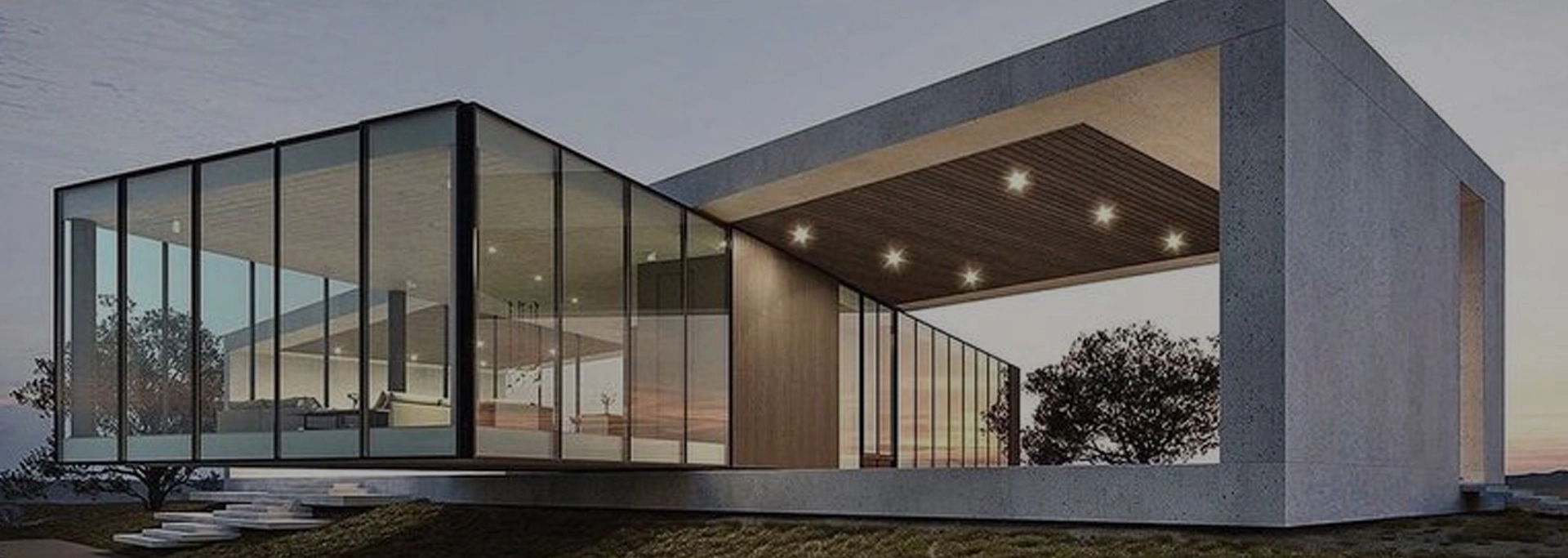Glass is a breakable material, which when broken into smaller sharp pieces often called shards can cause serious injury. Safety glazing material, usually tempered glass or laminated glass, reduces the risk of injury. In the case of tempered glass, this is accomplished by the characteristic break pattern (many small pieces), and in the case of laminated glass, the adhesion of the glass pieces to the inner plastic layer.
Security glazing products usually involve multiple layers of glass, and in some cases acrylics (usually laminated) in order to achieve maximum impact resistance from explosions, ballistic assaults and even simple forced entry. There is a wide range of such specialty glass products.
ANSI Z97.1 and CPSC 16CFR, Part 1201.
The Federal safety glazing law stipulates that safety glazing be used in architectural applications (homes and buildings) in defined hazardous locations. The hazardous locations generally include doors, immediately adjacent sidelites, bath and shower enclosures and glazing adjacent to passages where there are walking surfaces adjacent to the glass and the bottom edge of the glass is within 18” of the floor. In addition to the Federal law, various local code authorities have additional requirements.
Many local building codes mandate special considerations for overhead glazing. It is common to require and use tempered glass in residential overhead applications. Laminated, often heat-treated glass, is commonly required in commercial building applications. Typically when tempered glass is allowed in commercial building, some form of restraining screening is also required below the glass.
The Federal safety glazing law requires that all safety glazing products have a permanently identifiable marking on each piece. This marking cannot be removed without damaging or breaking the glass and is generally located in one of the corners of each piece.
Sungate® 400 coated glass and Solarban® 60, Solarban® 67, Solarban®70XL, Solarban® 72, Solarban® Z50, and Solarban® R100 coated glasses must be used only as a component of a sealed insulating glass unit.
In addition, all low-e coated glasses yield their best energy performing characteristics when used in sealed, insulating glass units.
The answer to this question is really dependent on the specific design conditions of your application. The light transmittance and the U-value of the unit will be the same whether the coating is on the #2 or #3 surface. However, the Solar Heat Gain Coefficient will be lower when the coating is on the #2 surface.
In general, if you are concerned about reducing solar heat gain (typically in a cooling climate), then using the coating on the #2 surface would best meet the requirement. On the other hand, if you are interested in utilizing passive solar heat gain (typically in a heating climate), then using the coating on the #3 surface would best meet the requirement.
The following table identifies theproduct and associated manufacturing process.
Vitro Low-E Coated Glass Products
Product Manufacturing Process
Sungate® 400 Coated Glass MSVD
Solarban® Z50 Coated Glass MSVD
Solarban® 60 Coated Glass MSVD
Solarban® 67 Coated Glass MSVD
Solarban® 70XL Coated Glass MSVD
Solarban® 72 Coated Glass MSVD
Solarban® R100 Coated Glass MSVD
In the pyrolytic manufacturing process, the coating is applied to the glass ribbon while it is being produced on the float line and the coating then “fuses” to the hot glass surface. The glass is then cut into stock sheets of various sizes for shipment to fabricators. For pyrolytic coatings, Sungate® 500 and 600 coatings are very durable, both mechanically and chemically. And, while Sungate® 500 and 600 coated glasses offer reduced emissivity and some solar control, they do not perform quite as well as Magnetic Sputtering Vapor Deposition (MSVD)
In the MSVD process, the coating is applied to pre-cut glass (usually in stock sheets for further fabrication) in a vacuum chamber at ambient plant temperatures. MSVD coatings such as Sungate® 400 and Solarban® 60 low-e glasses offer lower emissivity and superior solar control versus pyrolytic. However, MSVD coatings are not as durable as pyrolytic coatings, either mechanically or chemically, and must always be used as a component of an insulating glass unit with the coating located within the sealed airspace.
No, they do not. Color differences between various low-e coatings are due to the use of different coating materials and the thickness of the various coating layers, as well as differences in manufacturing processes.
The reduction in the transmittance of UV energy is dependent on the specific low-e coating and the make up of the insulating glass unit, i.e., glass thickness, glass type, etc. Please refer to the product performance charts for specific information.
Yes it can. Tinted glass can be used as the outdoor lite in an insulating glass unit, with low-e glass as the indoor lite. The low-e coated glass improves the insulating properties of the insulating glass unit, while the tinted glass reduces the influx of solar energy through the insulating unit.
Tinted glass is very effective when used in conjunction with low-e glass . This combination will reduce excess heat gain and lower cooling costs.
The tinted glass reduces the amount of excess heat gained on the east, west and south exposures
Tinted glass can provide improved glare control, if needed.
